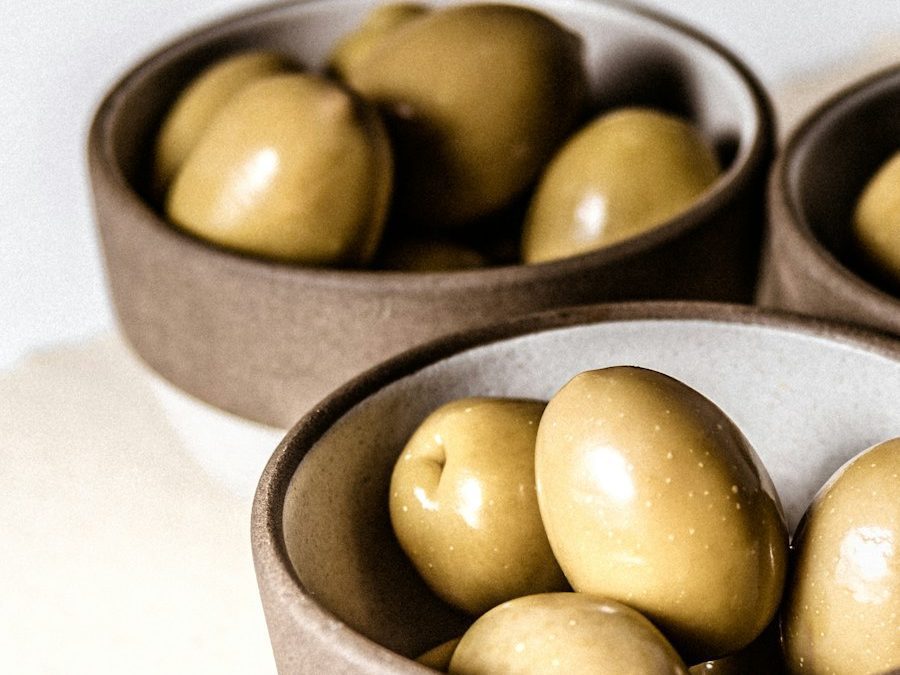Growing olives, a symbol of peace and vitality, is both an art and a science. This comprehensive guide provides detailed insights into the cultivation of olive trees, ensuring a successful and fruitful endeavor for both amateur and experienced growers.
Contents
Understanding Olive Trees and Their Specific Needs
Introduction to Olive Trees
Olive trees, or Olea europaea, are not only valued for their fruits but also revered for their resilience and longevity. Originating from the Mediterranean, these trees have adapted to various environments worldwide.
- Ideal Climate: They flourish in regions with a distinct Mediterranean climate characterized by warm, dry summers and mild, wet winters.
- Soil Requirements: Olive trees prefer calcareous, well-drained soils with a neutral to slightly alkaline pH level. They can tolerate poor soil conditions but not waterlogged environments.
Selecting the Right Olive Varieties
Choosing the right variety is critical, depending on your climate, the purpose of cultivation (oil production or table olives), and personal taste. Some popular varieties include:
- ‘Arbequina’: Small-sized, aromatic olives, ideal for oil production.
- ‘Manzanilla’: Versatile for both oil and table use, known for its rich flavor.
- ‘Kalamata’: Large, meaty olives, often used as table olives.
Planting Olive Trees: Steps and Strategies
Optimal Planting Time and Methodology
- Best Planting Season: The ideal time is during the fall or early spring, avoiding extreme weather conditions.
- Planting Technique: Ensure that the planting hole is spacious enough to accommodate the root ball. Mix organic compost with the excavated soil for better nutrient content, and make sure the tree is planted at the same depth as it was in the nursery pot.
Proper Spacing and Site Selection
- Tree Spacing: To ensure adequate light exposure and air flow, space trees 20-30 feet apart. This spacing can vary based on the variety and intended use.
- Site Requirements: Choose a location that receives full sunlight for most of the day. Protection from strong winds is also vital to prevent damage to the tree.
Comprehensive Care for Olive Trees
Watering, Mulching, and Soil Management
- Watering Regimen: Young trees require consistent watering to establish their root systems. Mature trees are drought-resistant but benefit from occasional deep watering, especially during dry spells.
- Mulching: A layer of organic mulch helps retain soil moisture and suppress weeds. Avoid piling mulch against the trunk to prevent rot.
Pruning Techniques and Fertilization
- Pruning: Annual pruning is essential for shaping the tree, removing dead wood, and encouraging air circulation. The best time for pruning is in the late winter or early spring.
- Fertilization: Use a balanced, slow-release fertilizer in early spring to promote healthy growth. Avoid over-fertilization, which can lead to excessive vegetative growth at the expense of fruit production.
Integrated Pest and Disease Management
Olive trees can fall victim to various pests and diseases, including the olive fruit fly, peacock spot, and verticillium wilt. Integrated pest management strategies, such as regular tree inspections, biological controls, and the use of organic pesticides, are recommended for sustainable cultivation.
The Art of Harvesting Olives
Determining the Right Time to Harvest
- Harvest Timing: The harvest time varies based on the variety and desired ripeness (green or fully ripe). The taste profile and intended use (oil or table olive) will dictate the optimal harvest time.
Harvesting Methods
- Manual Harvesting: Hand-picking is gentle on the trees and fruits but labor-intensive. It’s ideal for small orchards or when harvesting table olives.
- Mechanical Harvesting: Larger operations may use mechanical shakers or other harvesting tools. While efficient, they can be more aggressive on the trees and fruits.
Post-Harvest Processing and Storage
Curing and Storing Olives
- Curing Methods: Fresh olives are naturally bitter and must be cured. Options include water curing, brine curing, dry curing, and lye curing, each imparting different flavors and textures.
- Storage Practices: Store cured olives in a cool, dark place. If in brine, ensure the olives are fully submerged to prevent mold growth.
Conclusion
Cultivating olive trees is a rewarding journey that spans years. With proper care, these resilient trees will bear fruit for generations, providing both sustenance and beauty. Whether for personal enjoyment or commercial production, understanding and implementing these best practices is key to successful olive cultivation.


